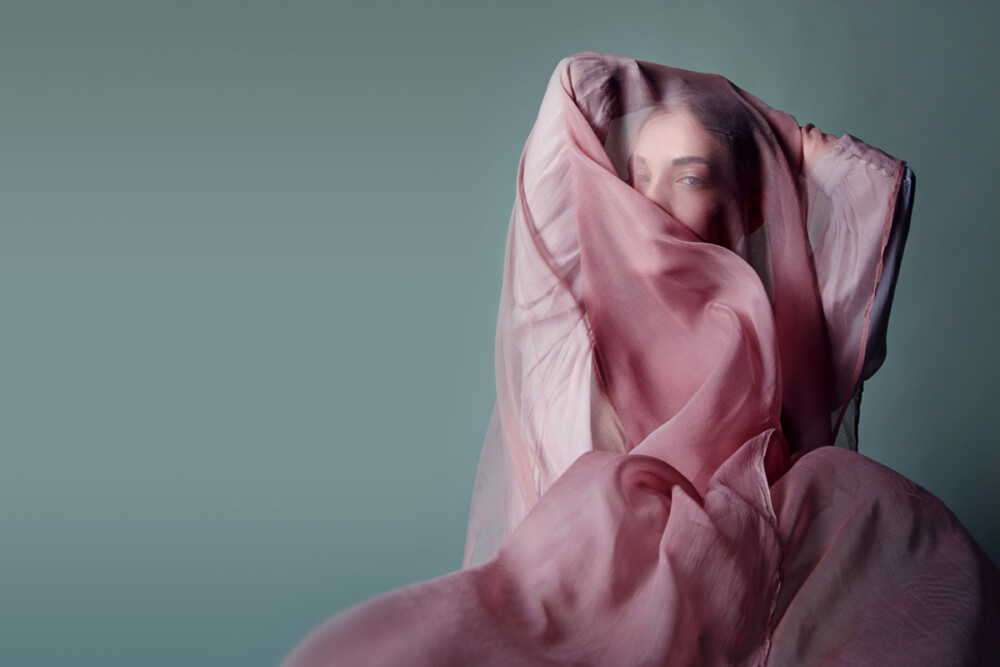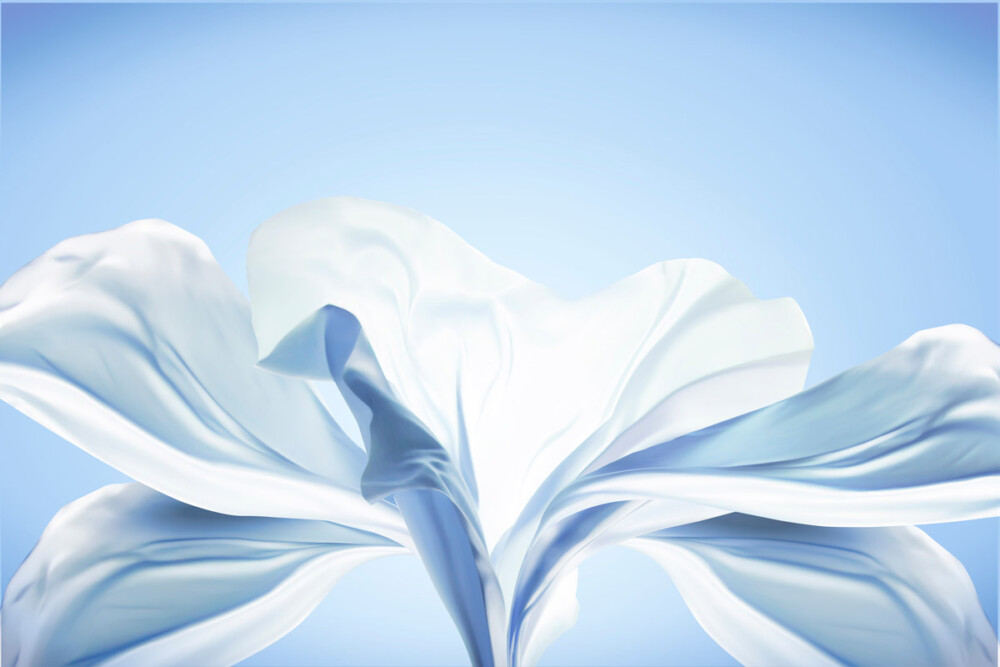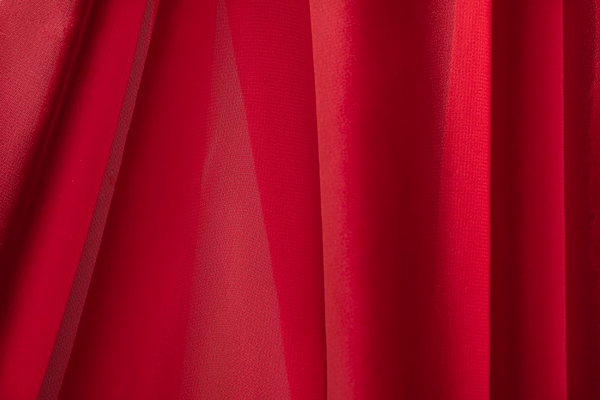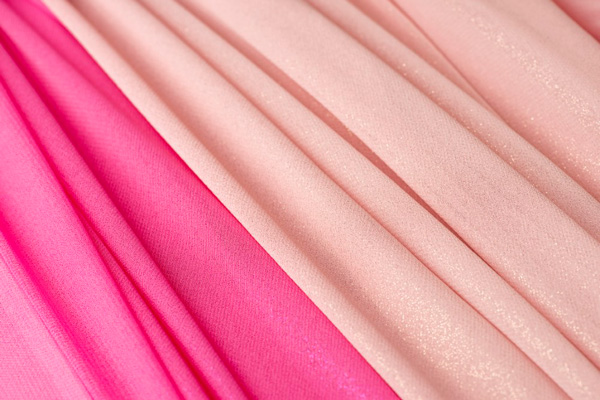Chiffon is a very light, transparent fabric in canvas weave and produced with crepe twist yarns.
Chiffon fabric can be composed of a wide range of fibers or their blends: natural fibers, such as cotton and silk; semi-synthetic fibers, such as rayon; synthetic fibers, such as nylon and polyester.
Let’s discover together with Cimmino the history and characteristics of this rich and fragile fabric.

History and features of chiffon fabric
The term “chiffon” comes from the French chiffe and literally means “rag, rag”, with reference not to the quality of the fabric but to the soft hand assumed by the rags used. The etymology can in fact deceive, as it is one of the most elegant fabrics in circulation. The finest quality is made of pure silk, but there are also several varieties of synthetic fibers.
The chiffon fabric is native to China, where it was produced only from silk, and arrived in Europe around 1700 for the creation of fine clothes for the upper classes. Chiffon became very popular in the 19th century with the development of decorated lingerie, so much so that there was talk of “chiffon worship”. Being initially produced only from silk, it was very expensive and served to symbolize a status of wealth and abundance. Later, with the invention of nylon, chiffon became affordable and in large quantities. The advent of polyester in 1958 then made it a very popular fabric, thanks to its cost and durability. Nowadays, it is mainly used for the making of evening dresses, blouses, wedding dresses, lingerie, costumes for dance and show and much more. Its high degree of transparency makes it often used as an overlap or as a base fabric for embroidery, beads and crystals sewn by hand.
In addition to silk, well known for its rich smooth and shiny texture, another natural fiber used in the production of chiffon is cotton, which makes the fabric more opaque and less fluctuating.
In general, the chiffon fabric is light and rough to the touch. Although it is a fairly wear-resistant cloth, it tends to fray and can be easily damaged by hot iron and steam, so be careful. Let’s see together some practical tips on how to wash and treat this delicate fabric.

How to wash and treat chiffon fabric
Depending on the type of chiffon, there are several washing methods. The silk chiffon, being more delicate and difficult to handle, should be dry cleaned. Polyester chiffon, like all other delicate fabrics, must be washed by hand in cold water with a neutral detergent and dried in flat air, without ever wringing it out. For the synthetic chiffon you can also opt for the gentle cycle of the washing machine, taking care to insert the fabric into a mesh laundry bag. In any case, the first rule that applies to all garments is to carefully read the label on the dress.
You should never wring your head because you risk deforming it. The dress should then be dried avoiding direct sunlight and placed on a horizontal plane, so as to also avoid the formation of annoying signs that could ruin it. As already mentioned, washing in the washing machine is a hypothesis to be discarded, unless it is polyester, a synthetic fiber particularly known for its high strength. In this case, in the basket should never be added other items, especially if of other colors.
Chiffon fabrics by Cimmino: a guarantee all Made in Italy
The largest distributor of high quality fabrics offers two 100% polyester Chiffon, robust and more resistant than silk, to be used in different sectors: dance and show, bride and ceremony, elegant shirts and accessories. The polyester chiffon is very versatile, available in different weights and models, and effectively resists the most stubborn stains. Let’s find out in detail what are these two fabrics!
Chiffon Marinella
Marinella Chiffon fabric is a transparent veil in canvas armour with a soft hand, extremely light and resistant at the same time. This is mainly used for the manufacture of women’s evening dresses, blouses and elegant blouses, scarves, stoles and bed linen. It is available in the following colors: red, white, pink, burgundy, blue, petroleum, black, dark blue, pearl, beige, antique pink, emerald green, flag green, cream and lilac. So there are many shades of color available to make beautiful clothing or to use for fine embroidery.


Chiffon Glitter
Also the Glitter Chiffon is a transparent, but shiny, veil fabric, with a soft and extremely light and resistant hand. It is suitable for the packaging of feminine evening dresses, scarves, blouses and elegant blouses. Here, too, the choice of colours does not disappoint: available in gold, pink, fuchsia, red, dark red, pistachio, powder, light blue, turquoise, petroleum, dark blue, black and grey.
Browse the Cimmino catalogue and discover all the latest news about fabrics!



